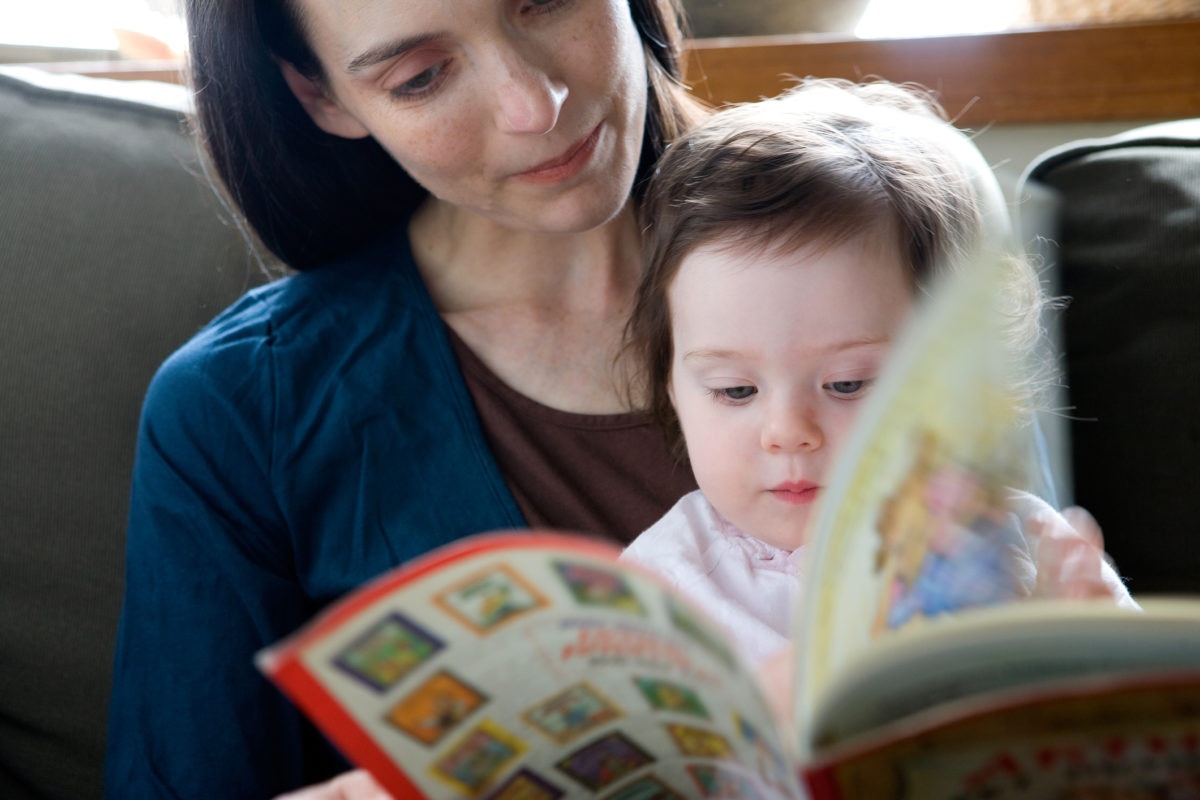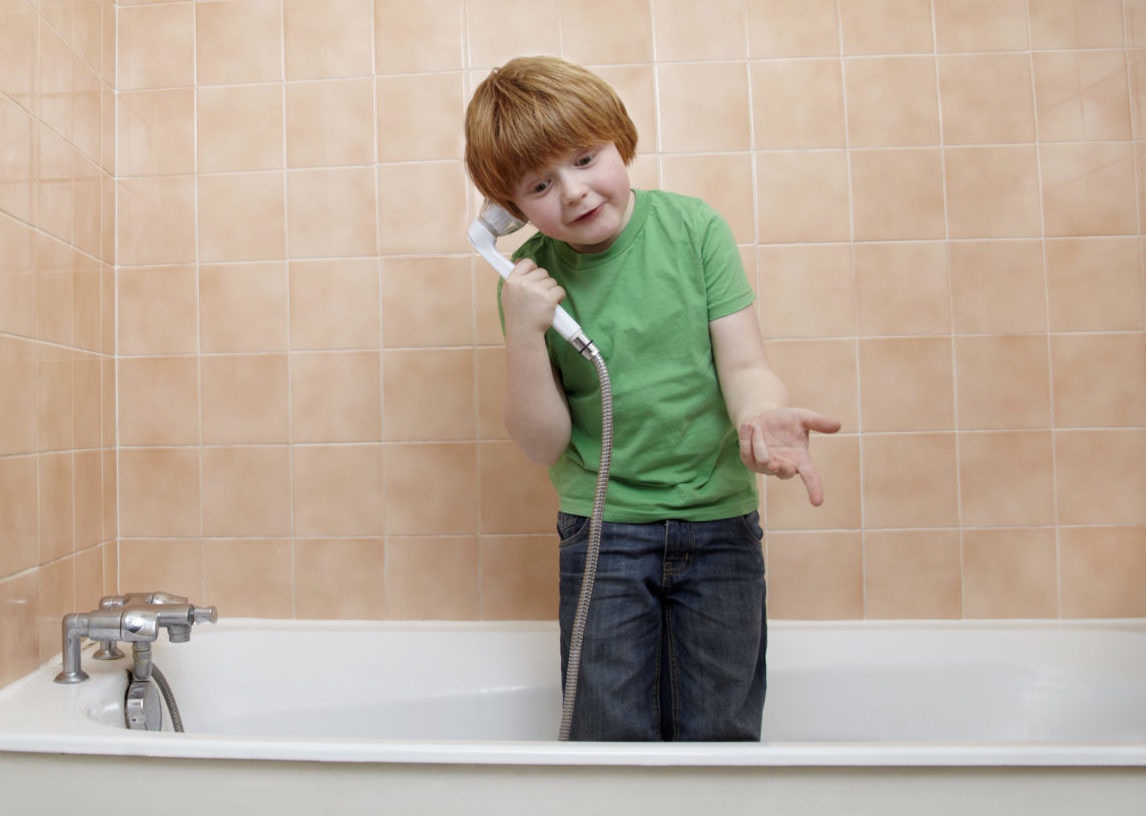According to the latest estimates, Puerto Rico may not have fully restored power for as many as
six months.
Yet the damage from Hurricane Maria is not making front-page news like the damage from Hurricanes Harvey and Irma recieved. Perhaps our relative lack of focus on Maria stems from media saturation of natural disasters: Maria is just one more on top of a summer of unprecedented weather.
Or maybe it's because many Americans don't realize that Maria has happened to us.
According to some polls, only about half of Americans are aware that people from Puerto Rico – a U.S. territory – are, in fact, Americans. A
March 2017 Suffolk poll asked 1,000 people "What is the national citizenship of a person born in Puerto Rico whose parents were both also born in Puerto Rico?" 472 people responded "American," 296 responded "Puerto Rican," while 207 more people were unsure.
A
2016 Economist poll asked just under 2,000 respondents the same question. 43 percent answered "American," while 41 percent answered "Puerto Rican." 15 percent were unsure.
What's especially concerning about these Economist poll responses is the breakdown by age. 45 percent of people under the age of 30 were more likely to answer "Puerto Rican," while 38 percent answered "American" and another 18 percent were unsure. The poll suggests that our youngest citizens are even less likely to know that the people living in U.S. territories are American citizens.
Why U.S. territories are forgettable
Located in the Caribbean, Puerto Rico is one of five populated U.S. territories. This hurricane season refreshed our memories about the other Caribbean territory, the U.S. Virgin Islands. Our president's recent conflict with North Korea has reminded us of Guam, which is strategically located in the North Pacific. The North Pacific holds one other U.S. territory, the Northern Mariana Islands. The fifth territory, American Samoa, is located in the South Pacific.
One reason these places are out of mind is that they're out of sight. Puerto Rico and the U.S. Virgin Islands are over 1,500 miles away from Washington D.C. Guam, the Northern Mariana Islands, and American Samoa are all over 7,000 miles away.
Another reason is that they sound different. The islands are home to linguistic diversity that perhaps confuses American citizens who expect Americans to speak English. Perhaps that's why when Sonia Sotomayor was appointed to the Supreme Court, news coverage referred to her as the "
daughter of Puerto Rican immigrants." She is not the daughter of Puerto Rican immigrants. She is the daughter of American citizens, who happened to live in Puerto Rico, whose people have been citizens for 100 years.
The costs of our ignorance
These five territories are designated as "unincorporated." Legally speaking, this means that while their inhabitants are (except in American Samoa) U.S. citizens, they do not share all the rights and protections that come with that citizenship.
Although all of these territories sit a long distance from Washington, each of them send an elected representative to the U.S. House of Representatives. Those representatives, however, do not actually get to represent their constituents, as they are not granted voting rights. Additionally, none of these territories' citizens are permitted to vote in our presidential elections.
As
John Oliver reports, that lack of voting rights hasn't made some territorial citizens stop voting. In 2012, Guam's straw poll election drew more voters than the U.S. general election. In 2012, 67 percent of Guam's population voted. Only 61 percent of the 50 states did.
Singing our way to knowledge
How do we make Americans aware of the problems facing these territories if so many of us don't recognize their inhabitants as fellow citizens? We could share poignant raps like those written by "Hamilton" writer Lin Manuel Miranda and hope for equally talented writer-singer-producers on all of the U.S. islands.
Barring that, perhaps we could start by reworking an old classic that's almost as catchy as Miranda's tunes: "Fifty Nifty United States."
If you were a child or have known a child during the last 50 years, you're probably now humming through an alphabetical list of the states.
L.V. Anderson hypothesizes that "Fifty Nifty's"
alphabetical format and patriotic spirit made it perfect for distribution as school choral music. Plus, the song is a game: remember and sing the states in order, sometimes as fast as you can. What student doesn't love a little musical competition?
Anderson writes that "Fifty Nifty" is not, "in the end, about the Founding Fathers or American exceptionalism or even how beautiful our country is. It’s just a catalog of our nation’s contents – an indisputable list of ingredients for America."
I would suggest that we need an updated catalog.
If we're really going to go "one by one til we've had our say," we need to let each part of the U.S. actually have its say. For some, that might mean full citizenship and voting rights and statehood. But those are thorny issues with many different stakeholders.
What if we started small and just taught our citizens that these places exist? What might the future of these territories look like if generations of American school kids commit to memory?
Fifty nifty United States
plus five unincorporated territories,
Shout 'em, scout 'em, tell all about 'em,
One by one till we've had our say for every place in the U.S.A.
My version is not as great as the original. Plus, I'm not sure how to work in the 11 uninhabited territories. But it's a start.
Miranda could certainly do better than me. And maybe he will. Guess what his favorite
elementary school chorus song was?



